Software Improves Programming-to-Machining Ratio
WorkNC from Vero Software enabled Custom Tooling Systems Inc. to increase overall efficiency while reducing programming and machining times.
Share




When CNC department manager Kevin Bouwkamp joined Custom Tooling Systems (CTS) about three years ago, he brought more than five years of CNC operator experience with him. Accustomed to working with several different software solutions, Mr. Bouwkamp realized that software limitations at CTS were preventing the company from maximizing its assets, from machines to personnel. In order for the company to grow, CTS purchased WorkNC from Vero Software (Forrest Lake, Minn.). The software has created a more efficient manufacturing environment with an improved programming-to-machining ratio.
Established in 1990, CTS focuses on the design and build of new tooling for the manufacturing industry. Core products of the Zeeland, Mich.-based company include seat pans, seat brackets and convertible brackets for Tier 1 and Tier 2 suppliers in the automotive market.
During his first few months with CTS, Mr. Bouwkamp realized that the company’s software solution was lacking fluidity. There were a lot of collisions involving cutters, and the tool paths were not as smooth as he needed them to be. Also, the software generated just 2 hours of machining time for every hour of programming—unacceptable for a company that typically works 16 to 20 hours a day and needs to use unattended machines whenever possible.
After discussing the software limitations with the company’s programmers, Mr. Bouwkamp decided it was time to explore other solutions. Because it’s typical for the design department to continually revise existing drawings, the programmers wanted a software solution that would simplify engineering changes. Also, since CTS outsources approximately 75 percent of its design work, the new software needed to work well with many different CAD programs.
“As a group, we discussed our experiences with different CAM programs and chose four solutions to begin our selection process,” he says.
In the end, the company chose WorkNC. According to Mr. Bouwkamp, the department felt confident in this selection because it was offered a free 30-day trial period, which no other CAM company offered at the time. During this trial, WorkNC came to the facility and worked directly with employees to show them the many software features. Rather than trudge through entry-level training, employees worked on actual production pieces and kept ahead of schedule.
The free training also made it possible to learn about Automatic Feature Recognition toolpath creation, which saved the company a tremendous amount of time, Mr. Bouwkamp says. For instance, when manufacturing die sets, it previously took 4 hours to program the drilling and tapping sequence. With WorkNC, programmers can create a program to drill and tap 150 holes in less than 10 minutes.
“Because all holes are color coded in WorkNC, we have eliminated the need to individually program which drill and tap to use and what depth must be taken,” he says.
Programming is no longer cumbersome and time consuming. For example, when building a stock model, staff previously set up a bounding box, placed limits on where to cut and in what direction the machine tool needed to sweep and noted where the stock ended. With WorkNC, the staff can bring in a single block, place it in any position and create the stock model.
“WorkNC knows every tool path and knows where the previous tool paths have machined. Not having to create boundaries saves a tremendous amount of time,” Mr. Bouwkamp says.
Another feature that has improved CTS’s manufacturing and programming times is the ability to program multiple blocks under one program. In such an operation, programmers can build a sequence of roughing tools, drills, reamers and finishing tools, enabling every block to be trimmed out and ready for the next operation.
Mr. Bouwkamp says the reason for some of the decrease in programming time is that programmers can lay down the tool path, drag the window off to the side and allow it to calculate while another program is started. Afterwards, the initial box can be opened to review the tool path. If it goes to an unwanted area, the programmer can simply perform a graphical edit to remove those paths.
“We cannot do that with the other software packages or solutions,” Mr. Bouwkamp says.
The enhancements that WorkNC offers has provided CTS employees with the knowledge and confidence needed to make a seamless transition from its previous solution while creating a more efficient environment.
Prior to acquiring WorkNC, CTS employed four full-time programmers on day shift and two on night shift. Since the implementation, the company has reduced the number of programmers to three, repositioning several programmers to other critical positions within the company.
While greatly improving the programming-to-machining time ratio, the new software also helped diversify CTS’s customer base. The company now generates 20 hours of manufacturing time for every hour of programming time, which enabled it to add four new machine tools, including an Awea LP-F series bridge-type, five-face machining center.
This kind of success has led CTS to purchase four WorkNC licenses within a year and a half of its initial purchase.
“WorkNC eliminates a lot of the middle and unnecessary work while providing the tools needed to increase our customer base,” Mr. Bouwkamp says.
Related Content
Can ChatGPT Create Usable G-Code Programs?
Since its debut in late 2022, ChatGPT has been used in many situations, from writing stories to writing code, including G-code. But is it useful to shops? We asked a CAM expert for his thoughts.
Read More6 Machine Shop Essentials to Stay Competitive
If you want to streamline production and be competitive in the industry, you will need far more than a standard three-axis CNC mill or two-axis CNC lathe and a few measuring tools.
Read More5 Tips for Running a Profitable Aerospace Shop
Aerospace machining is a demanding and competitive sector of manufacturing, but this shop demonstrates five ways to find aerospace success.
Read MoreTips for Designing CNC Programs That Help Operators
The way a G-code program is formatted directly affects the productivity of the CNC people who use them. Design CNC programs that make CNC setup people and operators’ jobs easier.
Read MoreRead Next
5 Rules of Thumb for Buying CNC Machine Tools
Use these tips to carefully plan your machine tool purchases and to avoid regretting your decision later.
Read MoreBuilding Out a Foundation for Student Machinists
Autodesk and Haas have teamed up to produce an introductory course for students that covers the basics of CAD, CAM and CNC while providing them with a portfolio part.
Read MoreRegistration Now Open for the Precision Machining Technology Show (PMTS) 2025
The precision machining industry’s premier event returns to Cleveland, OH, April 1-3.
Read More

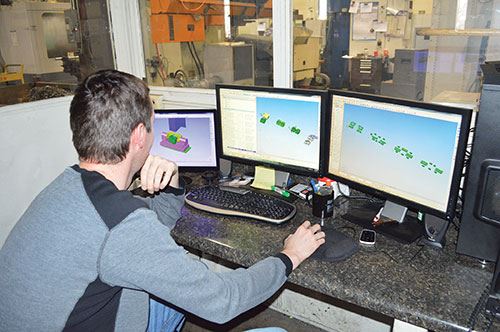
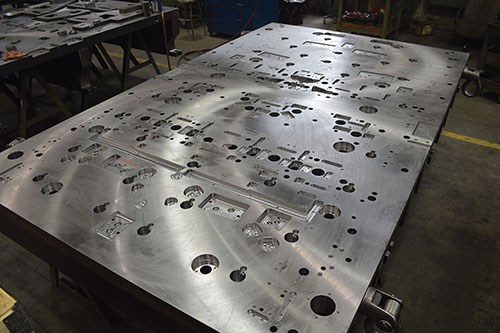
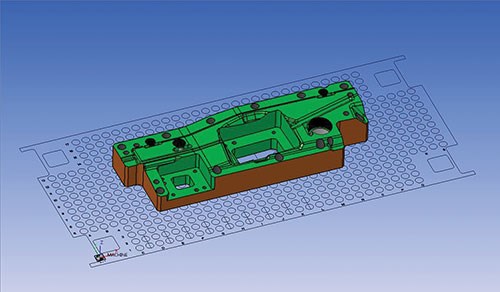
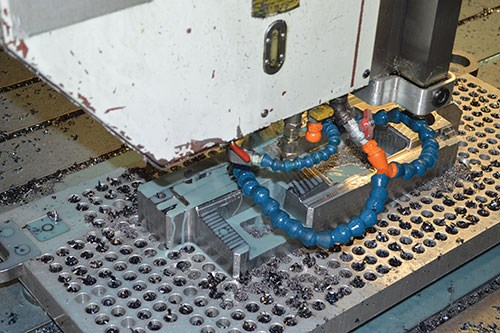
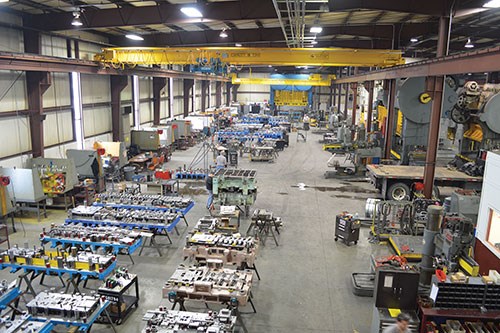
























.jpg;maxWidth=300;quality=90)









